18 Key Symptoms of Lichen Planus You Need to Recognize
Lichen planus is a chronic inflammatory condition triggered by abnormal immune system reactions. It may sometimes be associated with autoimmune disorders, viral infections, allergic reactions, stress, or genetic predispositions. Certain medications, such as over-the-counter pain relievers like ibuprofen and naproxen, as well as exposure to specific metals or chemicals like arsenic and gold, have also been linked to its development. Diagnosis is typically straightforward and can often be made by a primary care doctor or dermatologist through a visual examination of the skin and mucous membranes. While mild cases of lichen planus may not require treatment, more severe forms often benefit from corticosteroids, retinoids, or non-steroidal topical treatments. To help you better recognize this condition, we’ve expanded our list to include 18 key symptoms of lichen planus, ensuring a more comprehensive understanding.
1. Blisters On Gums And Mouth Ulcers
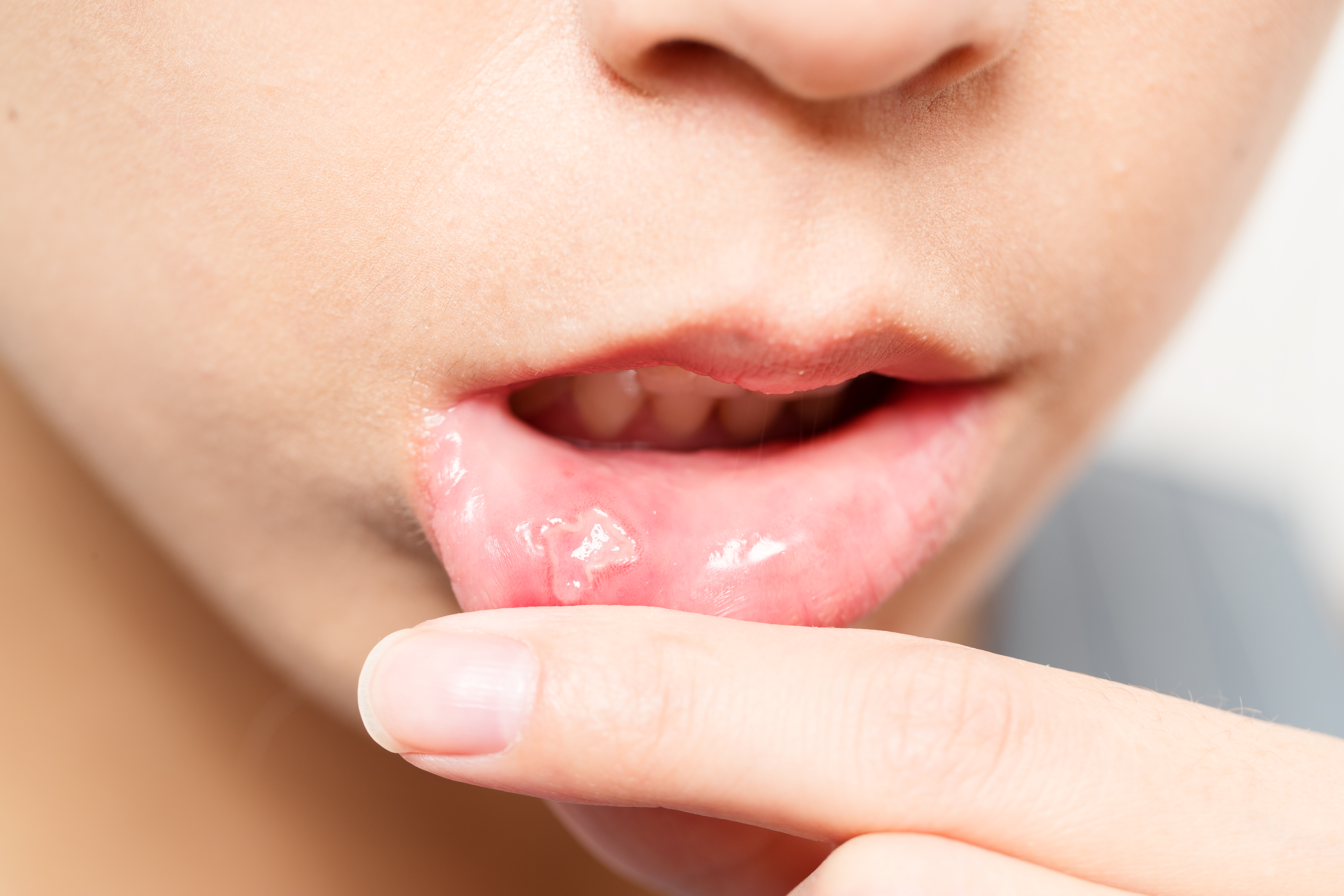
Patients who have lichen planus that affects the mouth could develop blisters on their gums and mouth ulcers. The mouth sores associated with this condition are usually white, and they often have a lace-like texture. Most patients find the sores, blisters, and ulcers in the mouth are painful. They can also make eating, drinking, and chewing difficult. The sores may develop on the lips or tongue too. Patients may need to apply a topical anesthetic to the sores before eating to make eating and drinking with a sore mouth easier. They could also try eating on the side of their mouth that is unaffected or less affected, and the use of meal replacement shakes may be helpful. Since some mouth sores may be associated with more serious conditions, a doctor needs to evaluate all sores quickly. Patients who have had lichen planus in the mouth are at an increased risk of oral cancer, and they may need to have regularoral cancer screenings.
2. Hair Loss

Although it is relatively less common than other forms of lichen planus, some patients may develop a form of the illness that affects the scalp. These patients may notice hair loss and scalp discoloration. Individuals may notice they lose more hair than usual after washing or brushing their hair. Some may see small patches of thinning hair or baldness on their scalp. Since hair loss can occur with several thyroid and autoimmune disorders, patients experiencing this symptom may wish to have blood tests to check their thyroid function. Tests may be needed to rule out autoimmune conditions. Doctors may also need to perform a pull test to establish the shedding stage of the patient's hair. For this simple test, the doctor will gently pull several dozen hairs on the patient's head to check how many hairs pull free. Some patients may need to have a scalp biopsy. If lichen planus is determined to be the cause of the patient's hair loss, doctors may recommend treatments to encourage hair growth. Patients should see their hair growth return to normal once lichen planus has been successfully treated.
3. White Streaks Inside The Cheeks
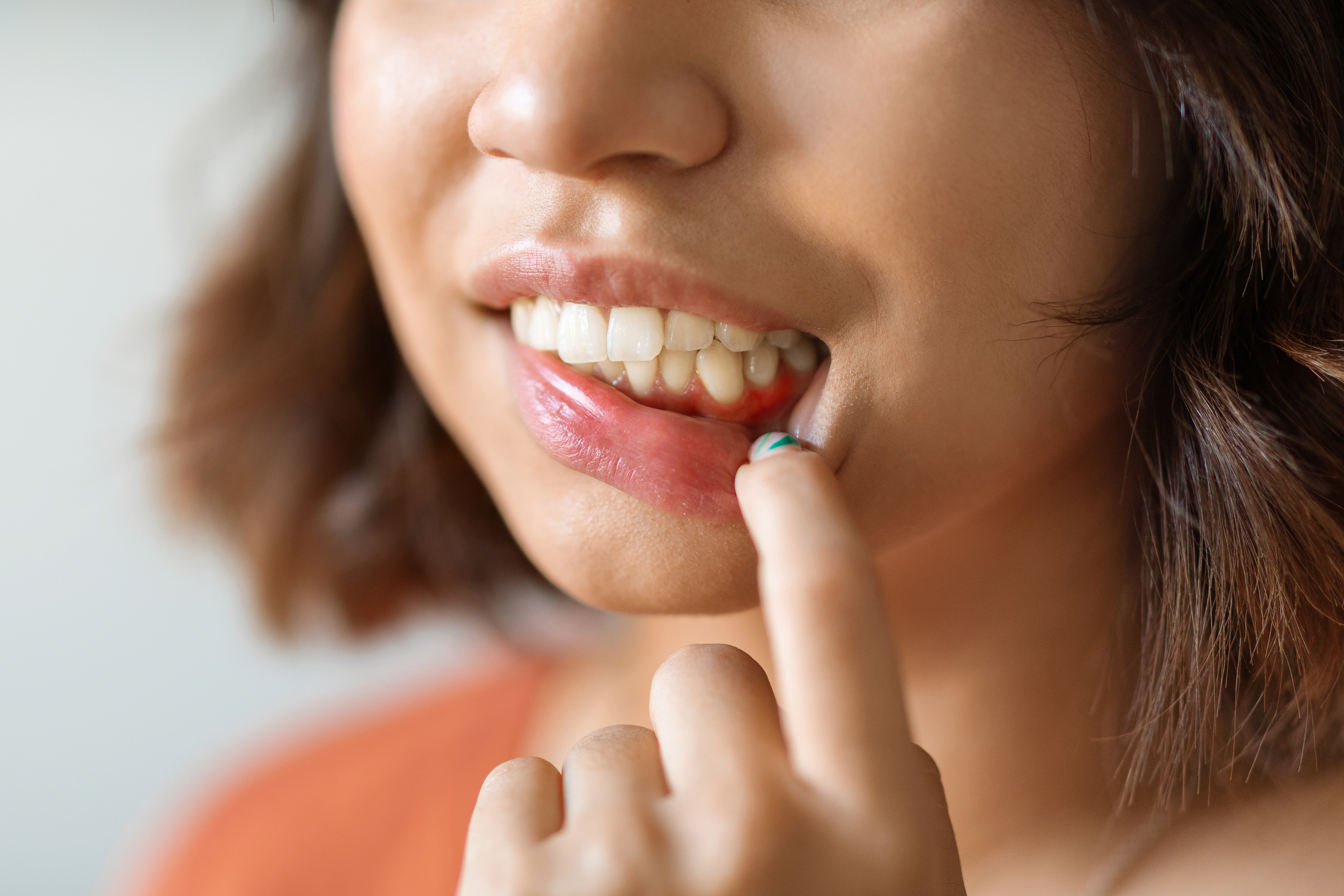
Patients with oral lichen planus could observe white streaks inside their cheeks. These streaks typically form over areas of the mouth already damaged by ulcers, sores, or blisters. Although the streaks themselves are not normally painful, they could make the underlying sores harder to treat. Individuals who notice white streaks in their mouth may want to keep track of how many there are and whether new streaks form. This information could be helpful to doctors. Patients may wish to see a doctor to have the streaks examined, particularly if they are increasing in size or number. The doctor can examine the streaks by looking into the patient's mouth with a light. Topical treatments may reduce pain associated with the oral symptoms of lichen planus. Doctors may want patients to attend follow-up appointments during their recovery to monitor the streaks and make sure they are healing properly.
4. Change In Sense Of Taste

Patients with oral lichen planus could have a change in their sense of taste. Foods and drinks the patient once enjoyed may no longer be appealing, which could trigger appetite loss and weight loss. It can be helpful for patients with mouth symptoms to eat soft foods such as yogurt, pudding, oatmeal, and mashed potatoes to ensure that they get adequate nutrition. Some patients will enjoy smoothies, and shakes may be beneficial too. Since spicy and acidic foods could irritate the mouth and increase the pain associated with mouth ulcers and blisters, patients may wish to consider following a diet of relatively bland food. They should avoid citrus fruits and tomatoes in particular. Rice, cooked vegetables, beans, and low-acid fruits may be soothing and tasty for patients struggling with taste changes due to lichen planus. It may be necessary to try several different foods before the patient can tell what tastes good. The patient's tastes could change regularly depending on the progression of their mouth sores. Patients should always mention any changes in their taste to a doctor.
5. Nail Damage Or Loss
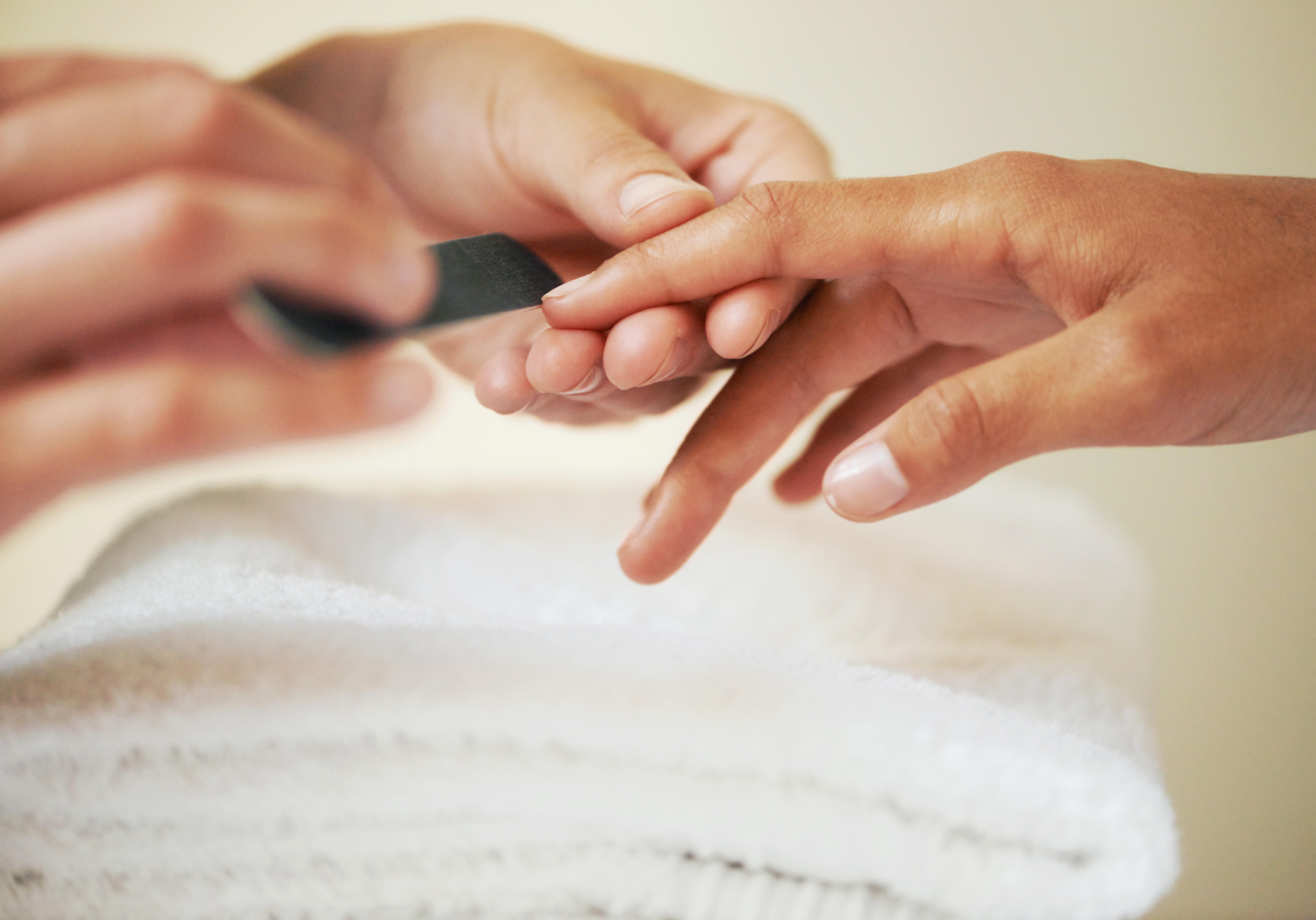
In rare cases, lichen planus can affect the nails, which often leads to nail damage or loss. Patients with this form of the condition may notice their nails have ridges or grooves in them. They may also see their nails are thinner than usual. In some cases, the nails could split, and patients could have a total loss of a nail, which can sometimes be permanent. Symptoms of lichen planus typically affect only a few nails on the hand or foot. However, the symptoms may sometimes occur on all of the nails of a patient's hand or foot. Since ridges and grooves in the nails could indicate potential vitamin deficiencies or cardiac issues, patients who notice these symptoms should consult their doctor to receive a definitive diagnosis.
6. Itchy Rash

When patients have lichen planus on their skin, they will typically develop an intensely itchy rash. In most cases, this itchy rash will be comprised of shiny red and purple bumps on the skin. They are often quite firm to the touch. Some patients will be lucky and only experience mild itching. However, the itchy rash in lichen planus can be quite severe for many individuals. Thus, patients need to seek treatment to avoid itching their skin, which can worsen their symptoms. It is also worth noting that patients with oral lichen planus can deal with itching inside their mouth. Patients must be sure to avoid irritating the area more than necessary.
7. Gum Inflammation

As mentioned, the white patches inside a patient’s mouth may not always be painful. However, some patches in oral lichen planus can come with pain and other symptoms. One of these is gum inflammation, which is also referred to as gingivitis. Patients will typically deal with gum inflammation in lichen planus when they have red and swollen patches in their mouth or open sores. Some patients may experience a small amount of bleeding when they brush their teeth due to gum inflammation in oral lichen planus. They must seek treatment promptly in order to reduce the inflammation and prevent long-term complications.
8. Hearing Loss

Recent studies have shown that lichen planus affects the ears more often than originally thought. Specifically, this condition can affect a part of the external auditory canal known as the epithelium. When patients have lichen planus in this area, one of the major symptoms that they can deal with is conductive hearing loss. This form of hearing loss develops due to a blockage or damage to the ear canal. Sound does not pass well through the ear, which is why it may sound muffled. In some cases, treatment for lichen planus can return most of a patient’s hearing. However, conductive hearing loss can sometimes be permanent to some degree. Thus, patients may need to have hearing aids so that they can hear better.
9. Vision Problems
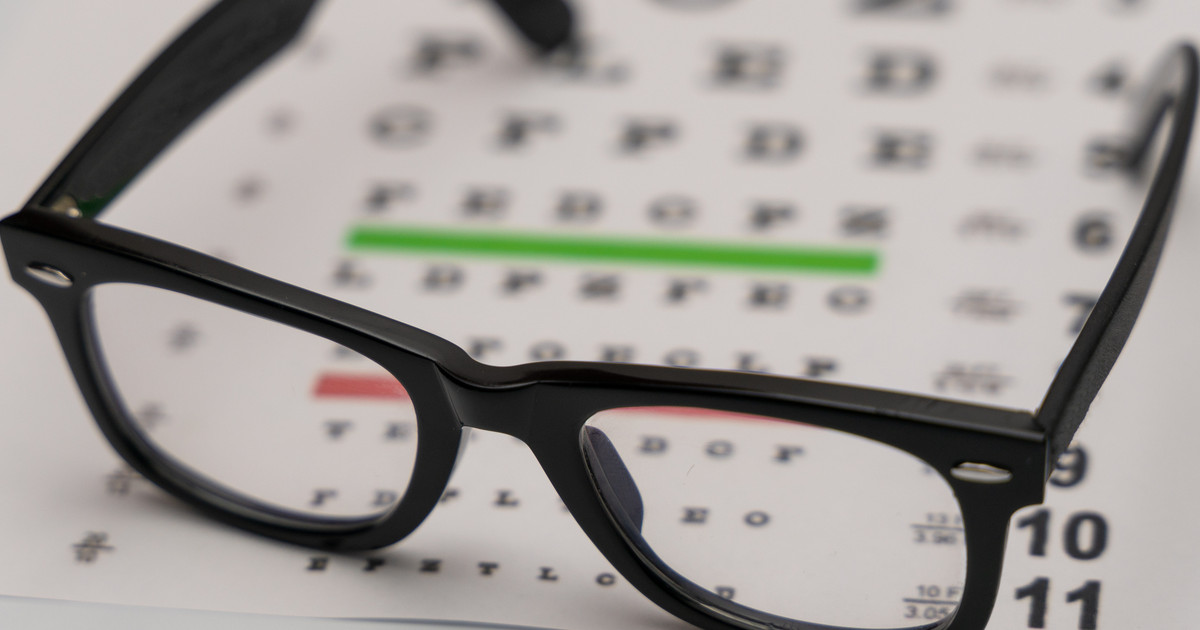
Patients may experience lichen planus that affects their eyes. Thankfully, this is rare. However, when it does occur, lichen planus affects the mucous membranes in the eyes. Individuals will often deal with vision problems when this happens. Vision problems due to lichen planus can start because of scarring in and around the eyes. These problems may start as blurry vision or eye pain. Unfortunately, patients may eventually experience blindness when lichen planus affects the mucous membranes in their eyes. This is why prompt treatment for lichen planus when it affects the eyes is crucial.
10. Swallowing Difficulties
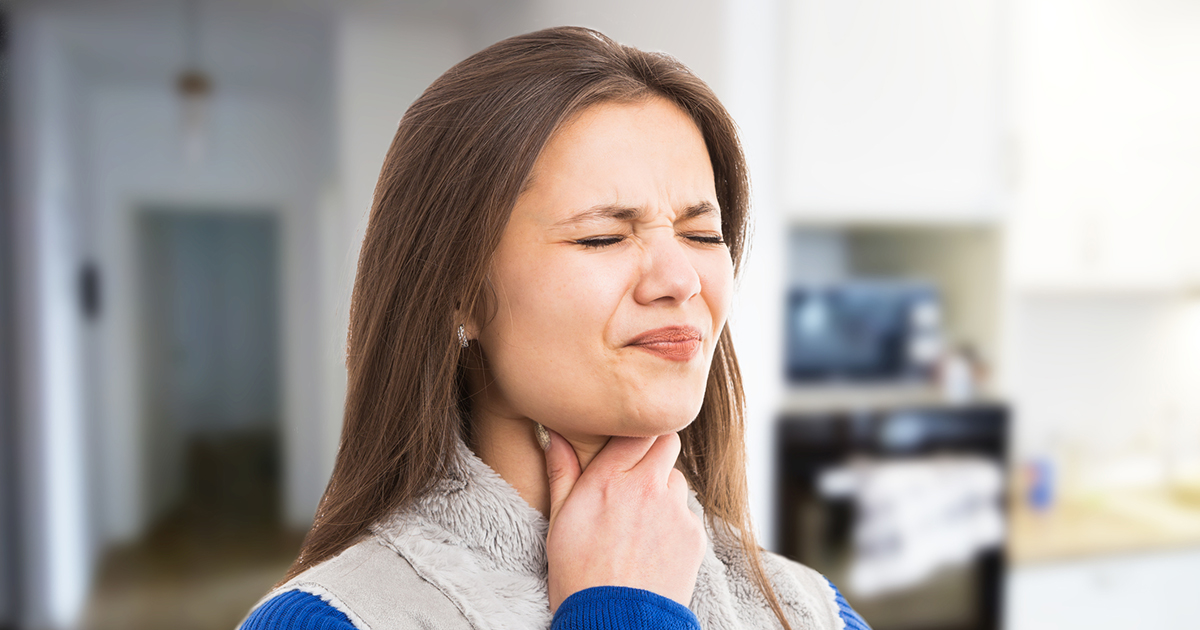
Many patients with the oral form of lichen planus will deal with some swallowing difficulties. The reason for this particular symptom is the lesions that develop inside the patient’s mouth. These lesions can be white streaks, though some patients will experience red and raised patches. They may also have open sores in their mouth. The pain from the sores can make swallowing food and beverages harder. This is another reason why patients may want to avoid eating spicy or acidic foods, which carry a higher risk of irritation than others. Soft and bland foods, such as oatmeal, mashed potatoes, or applesauce, can be helpful.
11. Burning Sensation

For many patients with lichen planus, particularly in its oral form, a persistent burning sensation can be one of the most bothersome symptoms. This discomfort may occur even in the absence of visible sores or lesions, making it challenging for some individuals to pinpoint the cause of their pain. Commonly affected areas include the tongue, gums, and inner cheeks, where inflammation and irritation are most pronounced. This burning sensation is often exacerbated by spicy, acidic, or overly hot foods and beverages, leading to significant discomfort during meals. Over time, the consistent irritation may reduce a patient’s appetite, contributing to unintended weight loss or nutritional deficiencies. Some individuals might also experience a heightened sensitivity to textures or temperatures in foods, further complicating their dietary choices. Managing this symptom often involves a combination of dietary modifications, soothing mouth rinses, and targeted treatments like corticosteroid gels to reduce inflammation and irritation.
12. Skin Discoloration

Skin discoloration is a common aftermath of lichen planus on the skin, particularly in cases where the rash has been severe or persistent. Once the rash heals, patients may notice patches of hyperpigmentation (darker than the surrounding skin) or hypopigmentation (lighter areas). These discolorations are not only cosmetic concerns but can also cause emotional distress, especially if they occur in visible areas like the face, hands, or forearms. The severity and duration of discoloration often depend on factors such as the patient's skin tone, the intensity of inflammation, and whether scratching or irritation occurred. In some cases, discoloration may last for months or even years. Dermatologists often recommend topical treatments containing ingredients like hydroquinone, retinoids, or vitamin C to help even out skin tone. Sunscreen is also crucial, as sun exposure can worsen pigmentation issues. For particularly stubborn discoloration, professional treatments like chemical peels or laser therapy may be considered.
13. Fatigue

Fatigue is a frequently overlooked but significant symptom experienced by individuals dealing with chronic lichen planus. The constant itching, pain, or discomfort from rashes, sores, or blisters can make it difficult for patients to get restorative sleep, leading to persistent exhaustion. Beyond physical discomfort, the mental strain of managing a visible and often painful condition can exacerbate feelings of tiredness. Patients may find themselves overwhelmed by the need for regular doctor visits, treatment regimens, and lifestyle adjustments. Fatigue can also be linked to the body's immune response, as the inflammation associated with lichen planus may trigger systemic symptoms. Left unmanaged, this exhaustion can interfere with daily activities, work, and overall quality of life. Treatment strategies often include addressing the root cause of discomfort, such as reducing inflammation or controlling itching, alongside adopting good sleep hygiene practices and managing stress through relaxation techniques or therapy.
14. Scarring on the Scalp
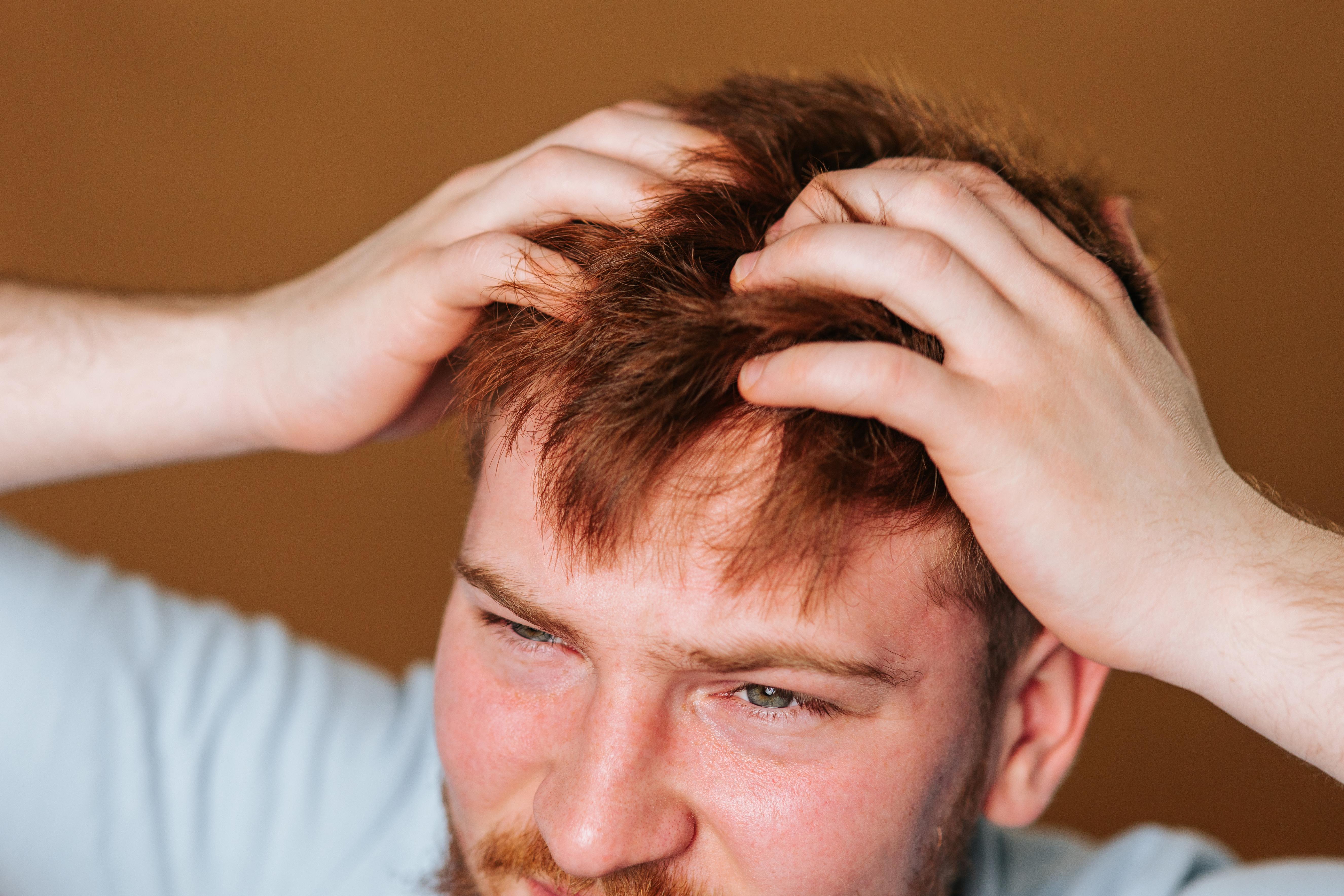
When lichen planus affects the scalp, it can lead to a rare but serious condition known as scarring alopecia or cicatricial alopecia. This occurs when chronic inflammation damages the hair follicles to the point where they can no longer produce hair. Early symptoms may include redness, scaling, or raised lesions on the scalp, often accompanied by tenderness or itching. As the condition progresses, patients might notice bald patches that expand over time, potentially leading to permanent hair loss in the affected areas. The emotional toll of visible scarring and hair loss can be significant, affecting self-esteem and social interactions. Dermatologists typically recommend aggressive early intervention to minimize damage, which may include topical corticosteroids, oral medications, or even immunosuppressive treatments. Scalp biopsies are often performed to confirm the diagnosis and guide treatment. In severe cases, patients may explore hair restoration options like transplants once the condition has been stabilized.
15. Pain in Genital Areas
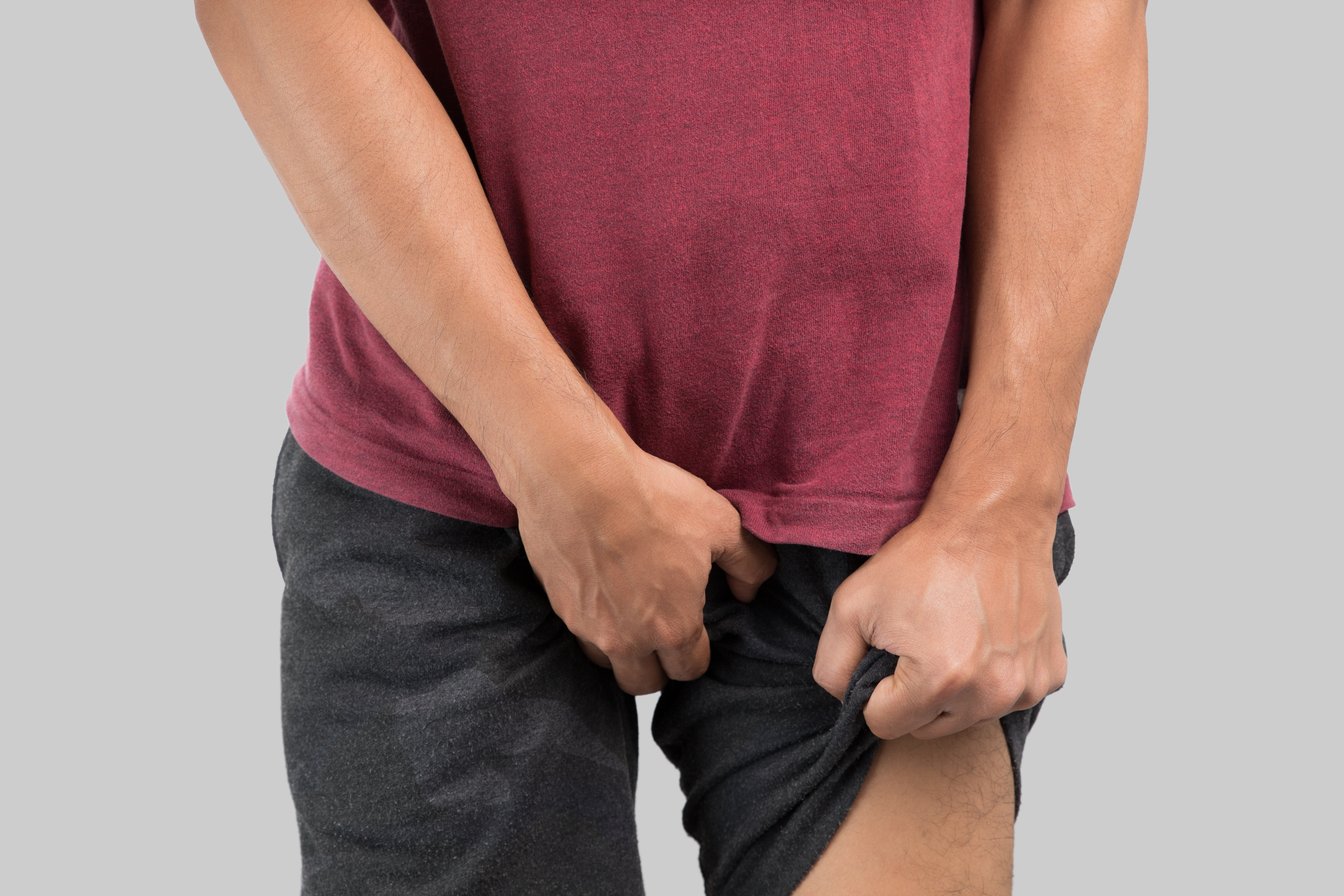
Lichen planus can sometimes affect the genital mucous membranes, causing symptoms like pain, redness, and sores. This form of the condition, known as genital lichen planus, often results in significant discomfort, particularly during urination, sexual activity, or even everyday movements. Women may experience soreness and irritation in the vulvar region, while men might notice lesions on the penis or scrotum. The pain and sensitivity associated with this condition can lead to disruptions in daily life and strained intimate relationships. In addition to physical discomfort, the psychological impact of genital symptoms should not be underestimated, as patients may feel embarrassed or reluctant to seek treatment. Medical interventions often include topical corticosteroids, soothing ointments, or oral medications to manage inflammation. Regular follow-up with a healthcare provider is crucial to monitor progress and prevent complications like scarring or infections.
16. Dry Mouth
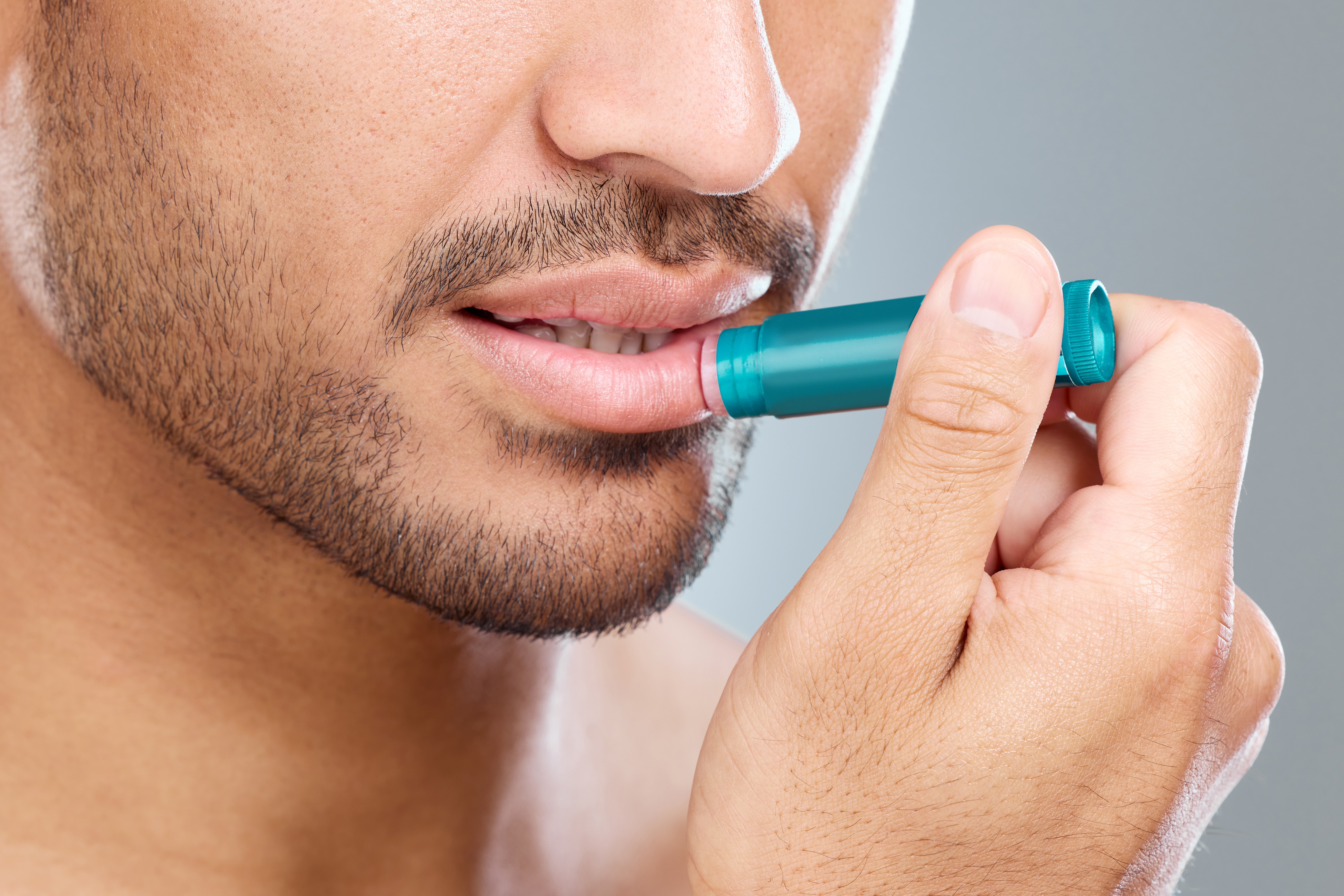
Dry mouth is a common and often frustrating symptom of oral lichen planus. This condition occurs when inflammation reduces saliva production, leaving the mouth feeling parched. A lack of saliva can exacerbate other symptoms, such as mouth sores, swallowing difficulties, and changes in taste perception. Over time, dry mouth can also increase the risk of oral health issues, including tooth decay, gum disease, and bad breath, as saliva plays a crucial role in washing away food particles and bacteria. Patients may find it difficult to eat dry or crunchy foods, further limiting their dietary choices. To manage this symptom, dentists often recommend using saliva substitutes, sugar-free lozenges, or specialized mouthwashes designed to combat dryness. Staying hydrated and avoiding irritants like caffeine and alcohol can also help. Addressing dry mouth is vital not only for comfort but also for maintaining overall oral health.
17. Thickened Skin Patches
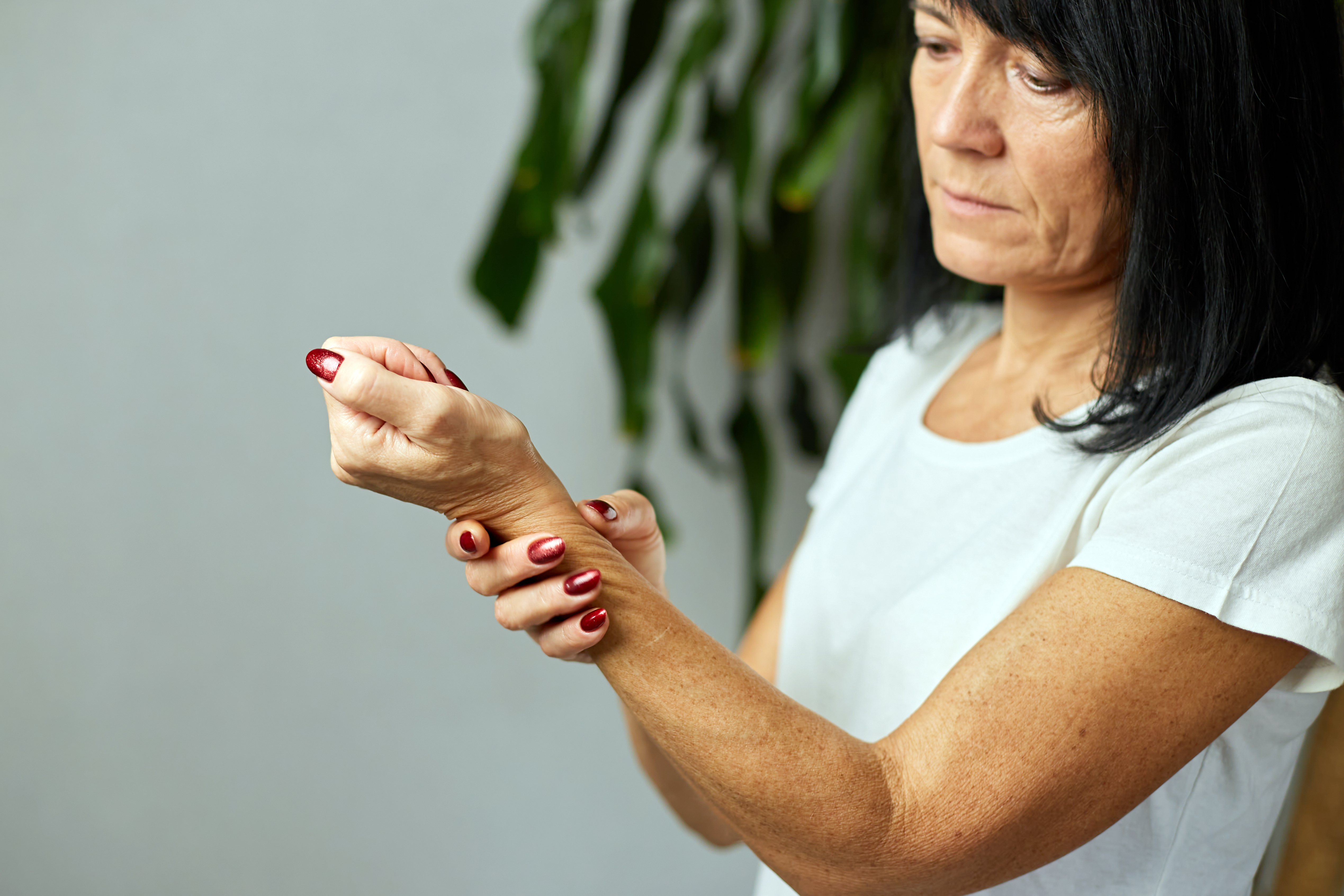
Lichen planus can cause areas of thickened skin, known as lichenified plaques, in cases where the rash is persistent or the patient scratches excessively. These plaques are often intensely itchy and may appear raised, darkened, or scaly. They typically develop on areas of the body subject to repeated friction or irritation, such as the wrists, ankles, or lower legs. Over time, the constant cycle of scratching and healing can worsen the plaques, making them more challenging to treat. Thickened skin patches can also leave behind areas of discoloration or scarring once the condition resolves. Treatment focuses on breaking the itch-scratch cycle through the use of corticosteroid creams, antihistamines, or moisturizers to soothe the skin. For particularly stubborn plaques, dermatologists may recommend more advanced treatments like phototherapy or injectable medications to reduce inflammation and encourage healing.
18. Joint Pain

Though rare, joint pain can occur in patients with severe or systemic lichen planus, particularly if the condition is linked to an underlying autoimmune disorder. The inflammation associated with lichen planus may extend to the joints, causing symptoms like stiffness, swelling, or discomfort. This joint pain is often mild but can sometimes mimic conditions like rheumatoid arthritis, necessitating further medical evaluation. Patients experiencing joint symptoms should inform their healthcare provider, as blood tests or imaging studies may be needed to rule out other inflammatory conditions. Treatment for joint pain typically involves anti-inflammatory medications, physical therapy, or lifestyle adjustments to reduce strain on the joints. Addressing this symptom early can help prevent long-term complications and improve overall quality of life.
Recognizing and Managing Lichen Planus

Lichen planus manifests in various forms, affecting the skin, mucous membranes, nails, scalp, and even internal organs. With its wide range of symptoms, understanding and recognizing this condition is essential for timely diagnosis and effective treatment. While mild cases may resolve on their own, moderate to severe cases often require medical intervention, including corticosteroids, topical treatments, and light therapy. By identifying key symptoms—such as itching, skin discoloration, and oral discomfort—patients and healthcare providers can work together to manage the condition and improve quality of life. Early detection and treatment remain crucial, especially for rare but serious complications like vision problems or scarring alopecia. Armed with this comprehensive knowledge, you can take proactive steps toward managing lichen planus and minimizing its impact.
